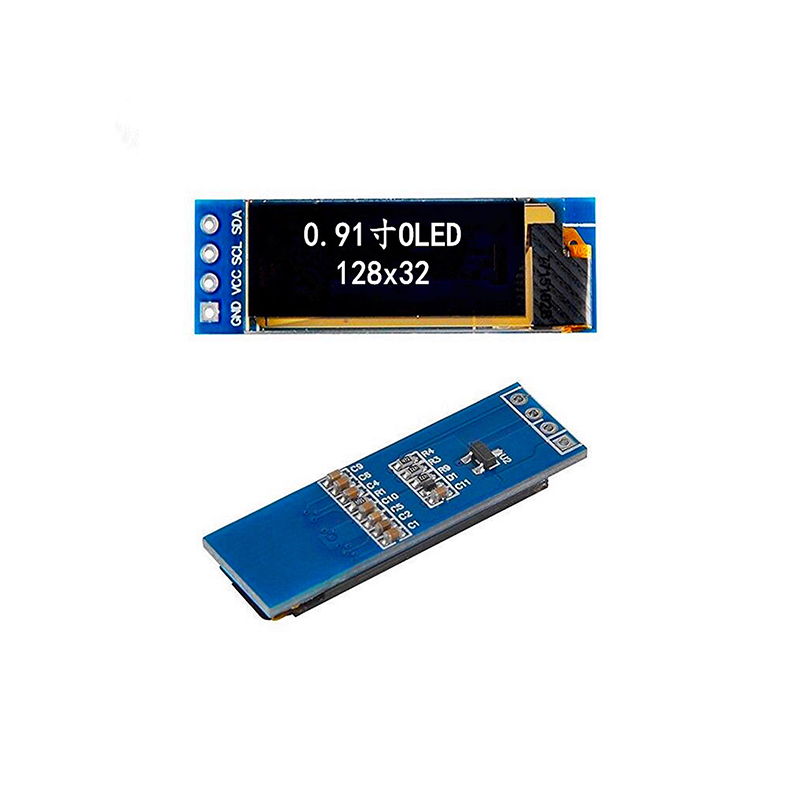
This guide provides a detailed overview of Arduino LCD screens, covering various types, features, and considerations for selecting the right display for your project. We'll explore different screen sizes, resolutions, interfaces, and functionalities, helping you make an informed decision. Learn about popular models and troubleshooting tips to ensure a successful integration into your Arduino projects.
Character LCDs are the most basic type of Arduino LCD screen. They display text characters only, typically in a 16x2 or 20x4 configuration (16 characters wide by 2 or 4 lines tall). These are simple, inexpensive, and perfect for projects requiring minimal visual information. They are commonly interfaced using I2C or parallel communication protocols. Examples include the common HD44780-based displays available from numerous vendors. These are usually very easy to implement into your projects.
Graphic LCDs offer significantly more versatility, allowing you to display images, graphics, and custom text layouts. They provide higher resolution and better visual quality than character LCDs. Common resolutions include 128x64, 160x128, and 320x240 pixels. These displays usually utilize SPI or parallel interfaces and often require a graphics library such as Adafruit_GFX for easier programming and control. The added visual richness makes these ideal for applications where displaying images or custom interfaces is important.
Adding an interactive layer, touchscreen LCDs combine the visual capabilities of graphic LCDs with the functionality of a touch input. This opens up possibilities for creating user-friendly interfaces for your Arduino projects. The touch functionality typically adds complexity to the setup and might require specific libraries and calibration.
The selection of an Arduino LCD screen depends greatly on the specific needs of your project. Consider the following factors:
Connecting your Arduino LCD screen requires understanding the specific pins and protocols (I2C, SPI, Parallel). Detailed tutorials and libraries are widely available online for various display models and interfaces. Remember to check the data sheets for your specific display for pin assignments and setup instructions. Utilizing established libraries like LiquidCrystal and Adafruit_GFX greatly simplifies the programming process.
Numerous manufacturers produce compatible Arduino LCD screens. Research various models and reviews to find the best match for your requirements. Many online retailers, including Amazon and SparkFun, offer a wide selection.
Troubleshooting common problems with Arduino LCD screens usually involves checking connections, power supply, and software configuration. Verifying correct wiring, library integration, and data transmission are essential steps. Online forums and communities are great resources for resolving specific issues.
Selecting the appropriate Arduino LCD screen for your project requires careful consideration of various factors. By understanding the different types, interfaces, and programming aspects, you can effectively integrate a display into your projects and improve user interaction and information display. Remember to check the datasheets and online resources to guide you in setting up and utilizing your chosen display successfully.
For high-quality LCD screens and displays for your projects, consider exploring the diverse selection available at Dalian Eastern Display Co., Ltd.
Disclaimer: This article contains affiliate links to products mentioned.












